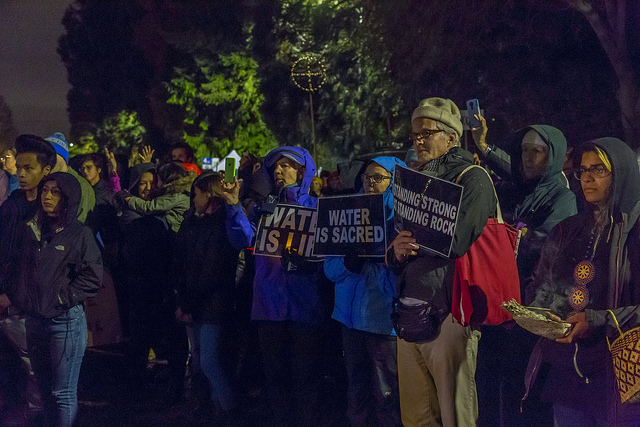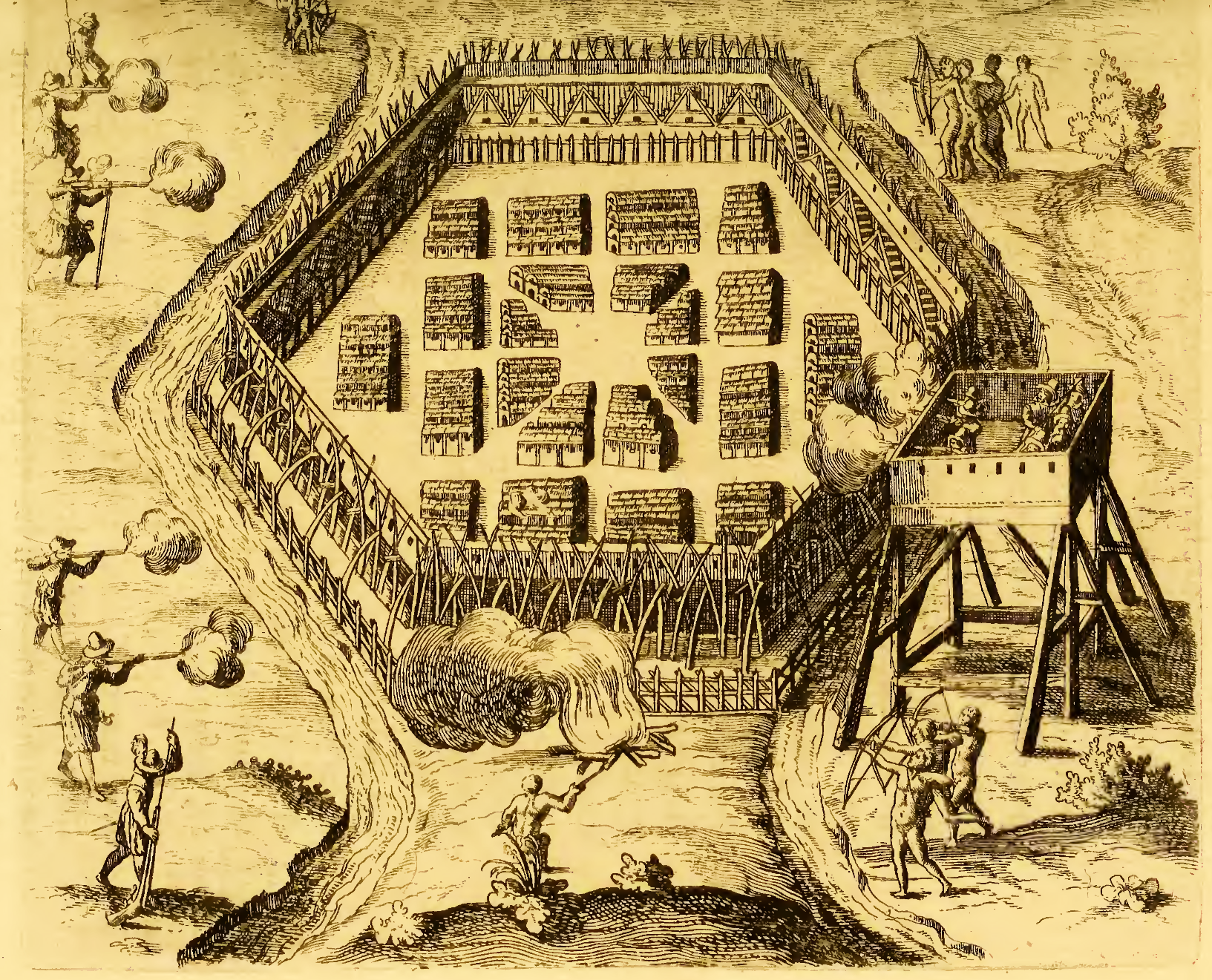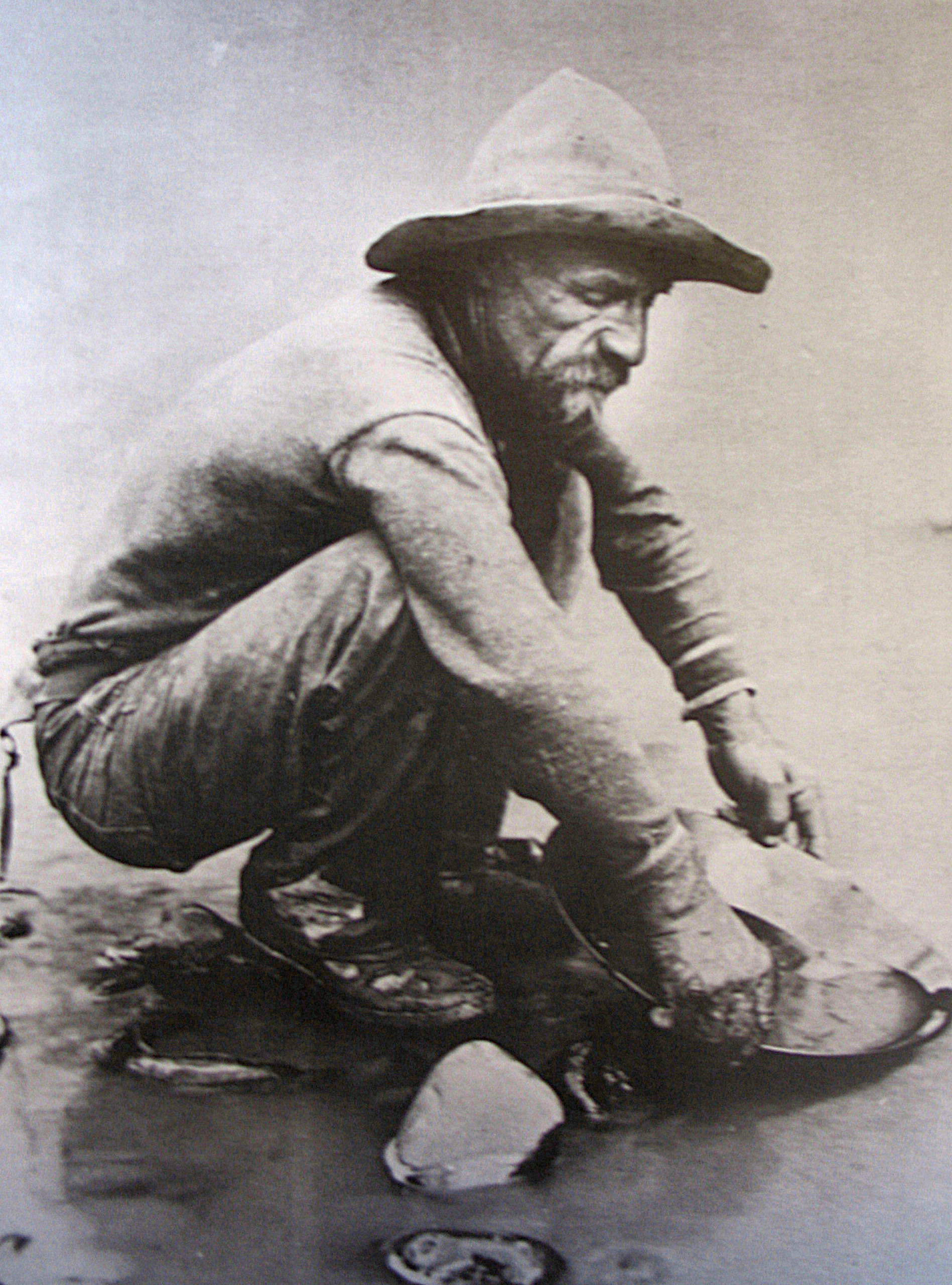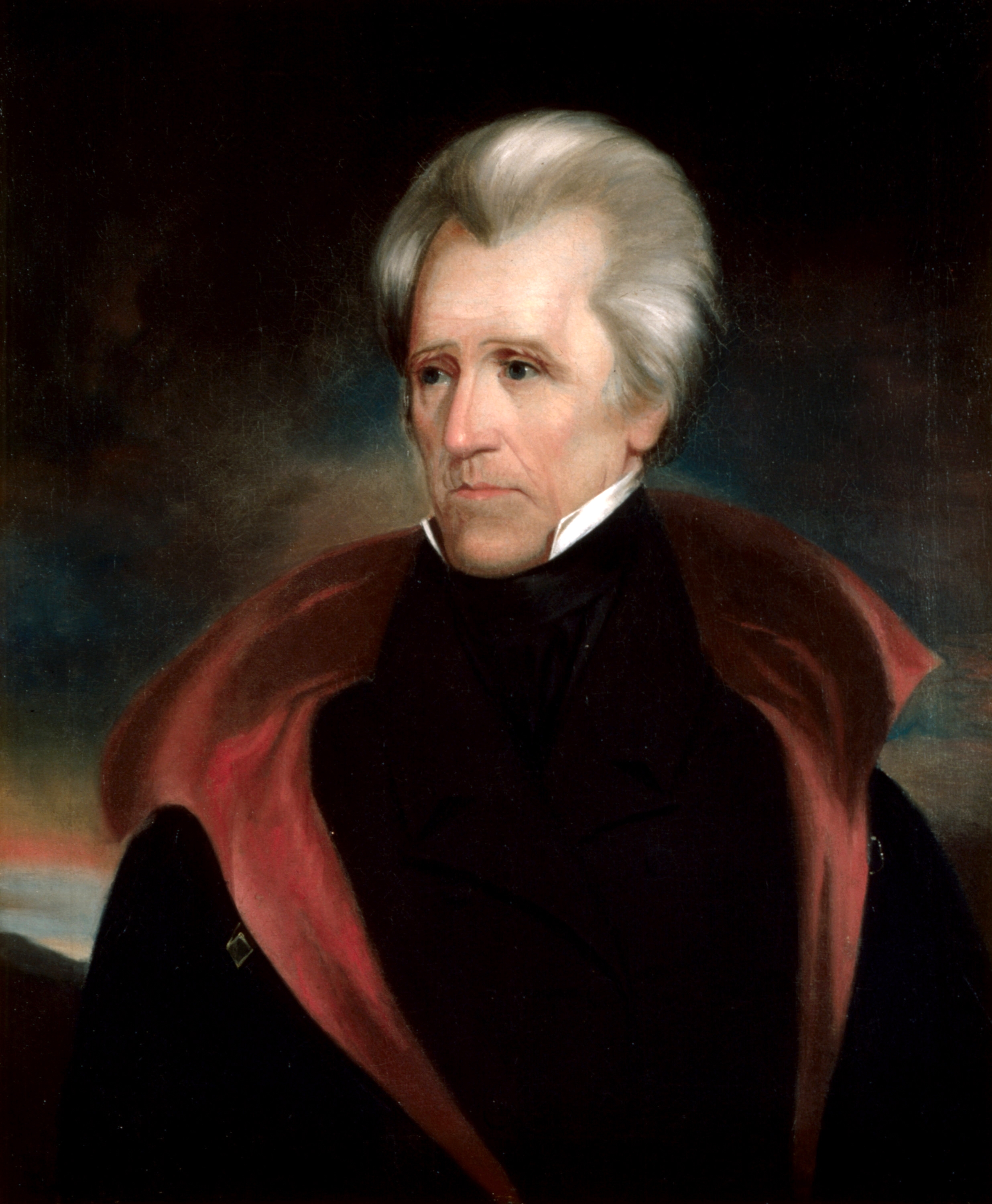

Protests against the Dakota Access Pipeline near the Standing Rock Sioux reservation in North Dakota are grabbing headlines, but conflict between the U.S. government and Native American tribes is of course nothing new. American history is a story of broken treaties — more than 370 of them, according to NPR — between the government and Native tribes.
The Standing Rock Sioux tribe opposes the $3.7 billion pipeline because of concerns it could contaminate the local water supply. The DAPL would cross four states, passing near the reservation and through Lake Oahe, the main source of drinking water for the tribe.
In response to the protests, the U.S. Army Corps of Engineers said this week that it's still reviewing the tribes concerns about the pipeline and wants to have more discussions with the tribe's leaders.
"The Army has determined that additional discussion and analysis are warranted in light of the history of the Great Sioux Nation’s dispossessions of lands, the importance of Lake Oahe to the Tribe, our government-to-government relationship, and the statute governing easements through government property," the Corps stated in a Monday press release.
However, an executive from Energy Transfer Partners, the company building the pipeline, said it would not consider another route for the DAPL.
Some anti-pipeline protesters argue that a 19th century treaty between the U.S. and Native American tribes should block the company's claim to some land on the pipeline route.
The Treaty of Fort Laramie of 1851, also known as the Treaty of Horse Creek, was an agreement designed to negotiate white settlers' expansion onto western Native American lands, according to the Bismarck Tribune.
More than 10,000 Native Americans came to the treaty discussions with U.S. officials in 1851; the DAPL is set to run through land that was supposed to be protected under that agreement. Harjo told the Tribune that the tribe never gave up its rights under the treaty.
“They didn’t give up their right to speak their language or exercise their religion. They didn’t give up their ancestors’ graves. They didn’t give up their worship and other sacred places. They didn’t give up their right to have a clear blue stream to jump in to conclude the Sun Dance,” Harjo said.

Flickr/John Duffy - flic.kr
There have been many broken treaties between the U.S. and the Native American tribes. Paul Carlson, a Texas Tech historian, told ATTN: that it's important to place broken treaties into context.
"You should also remember that it was not always the U.S. government that broke treaties," he said. Carlson said that sometimes private U.S. citizens "simply ignored treaty provisions" — without repurcussions from the state — and Native American leaders could not always "keep their younger warriors from breaking treaty provisions."
"So, who is at fault? Not always the government and not always the tribal 'leaders' who agreed to the treaty provisions in the first place," said Carlson. "It is, and was, a complicated perplexity."
In 1972 a Native American coalition released a 20 point paper called the "Trail of Broken Treaties," which argued that treaties broken by the U.S. government directly contributed to the modern struggle of Native Americans.
"Our conditions and their cause for being should perhaps be best known by those who have written the record of America's action against Indian people," wrote the authors.
In a 2011, the American Journal of Political Science published a paper on Native American treaties by Arthur Spirling, a former Harvard University assistant professor of government. He wrote that as the U.S. government gained power and resources, the outcomes for Native Americans worsened.
"It is the relative bargaining power of the United States, in economic and military terms, that contributes to worsening terms for Indians over the course of the 19th century," he wrote.

Wikimedia Commons - wikimedia.org
The Treaty of Canandaigua, also known as the Treaty of Pickering, was an agreement between the federal government and the Haudenosaunee Confederacy (Iroquois) of New York. The treaty was signed on Nov. 11, 1794 after a war between the Iroquois tribes and U.S. settlers. After the Iroquois sided with Great Britain during the American Revolutionary War, President George Washington tried to wipe them out, according to Indian Country. Years of bloody battles between the Iroquois, the U.S. government, and U.S. settlers ensued. Eventually the two sides entered negotiations.
The treaty returned millions of acres of land to the Native American tribes. but it didn't last. The territory has been greatly reduced over the years, according to NPR.

History of the United States. - wikimedia.org
The promises in Gold Rush-era treaties, like Treaty K, were broken soon after they were signed. The treaties would have made reservations for Native American tribes in California.
There were 18 Gold Rush-era treaties signed by government officials and Native American leaders but never ratified, according to NPR.
State lawmakers in California petitioned the U.S. Senate to stop the treaties for a simple reason: they wanted the gold on Native land.
"The answer is always gold," Harajo told NPR in 2015. "And if it's not gold, it's silver. And if it's not silver, it's copper. And if it's not, go right through the metal chart."

Ralph Eleaser Whiteside Earl /The White House - whitehouse.gov
In 1830, President Andrew Jackson championed the "Indian Removal Act," which gave the president the power to negotiate mandatory removal treaties with Native American tribes, according to PBS. At the time, the U.S. had not yet greatly expanded beyond the Mississippi River. The aim was to remove Native Americans from eastern U.S. territory by making exchanges for western land. However, the treaties were more like forced ultimatums. Indian Tribes east of the Mississippi could either give up their land on the east, in exchange for land in the west, or stay in the east and become U.S. citizens. The tribes that refused to leave were forcibly removed over the course of nearly 30 years.
In 1838 and 1839 the Cherokee nation, just one of the tribes affected by Jackson's policy, was forced to give up land and move to Oklahoma, a journey the tribe later called the "Trail of Tears." About 4,000 of the 15,000 Native Americans forced to make the hard journey died, according to PBS.